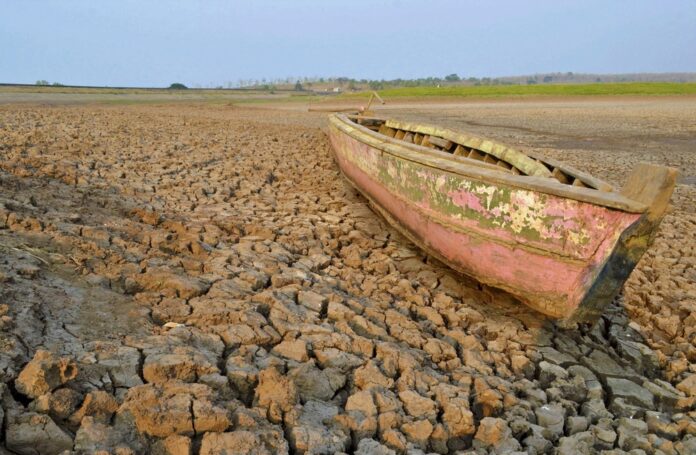Damage to the agriculture sector attributed to the ongoing El Niño episode has climbed to P357.38 million, incrementally higher than only P109.44 million when last reported, latest data reported by the Department of Agriculture’s (DA) Disaster Risk Reduction and Management Operations Center show.
The damage impacted on 6,523 hectares of cultivated areas tended by 7,668 farmers in the Ilocos provinces, the Mimaropa, Western Visayas and Zamboanga Peninsula, the DA said on Sunday.
The El Niño caused the loss of 11,480 metric tons of rice worth P284.27 million, 2,897 MT of corn worth P60.70 million and 225 MT of high value crops worth another P12.41 million.
The apprehension is for the damage to hit billions of pesos that at this point is a moving target.
El Nino episodes rated strong typically reduce rice harvests by an estimated 22 percent, boosting the need to import the commodity to dampen its impact on the basket of commodities known as the consumer price index under which rice is a major food component.
Analysts and the country’s economic managers are apprehensive of the potential impact of the latest episode of El Nino on both prices and local output growth forming part of this year’s variables that ultimately determines whether its calculations keep faith with the targets or miss them altogether this year.
As a result, the DA said it will distribute vegetable seeds in affected areas and distribute planting materials for high-value crops requiring less water to help farmers recover losses.
The DA, in collaboration with agencies like the Department of Science and Technology-Philippine Atmospheric Geophysical Astronomical Services Administration and Department of National Defense-Philippine Air Force, has also started cloud-seeding operations to help ease water shortage.
The agency is promoting drought-resistant crops and pest-control programs to assist farmers in areas suffering from low rainfall levels and the adoption of alternate wetting and drying methods helping cut water consumption in fields at impacted areas.
It is also considering the use of solar-powered irrigation systems to augment water supply in areas vulnerable to drought. As for rain-fed areas, the DA is evaluating the use of shallow tube wells.
DA regional field offices also encourage farmers to adopt synchronous planting schedules to avoid pests and diseases due to a delayed season and using damaged crops as forage to feed livestock.
The agency will also endorse affected farmers to the Department of Social Welfare and Development and Department of Labor and Employment for other forms of assistance, including financial support.







